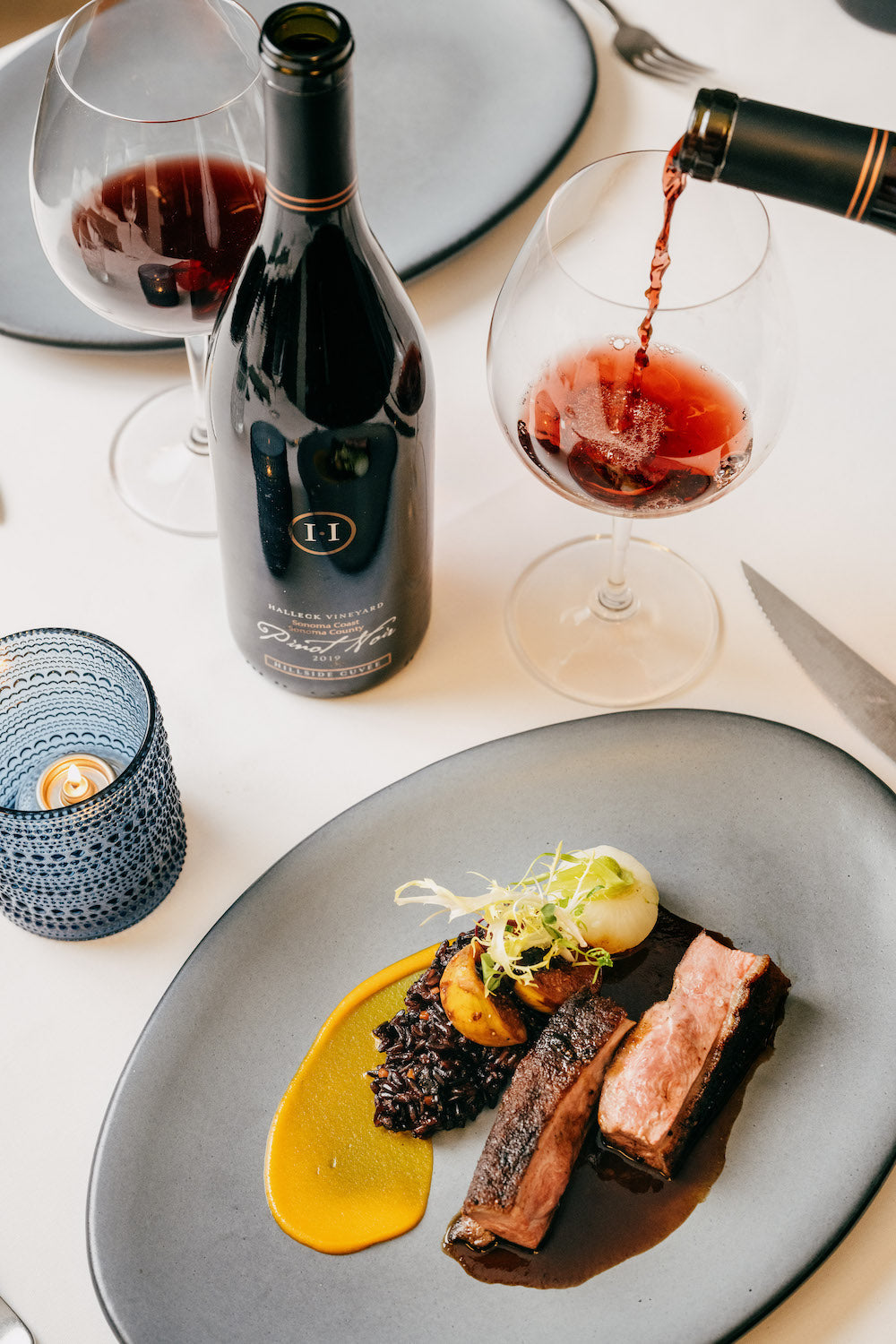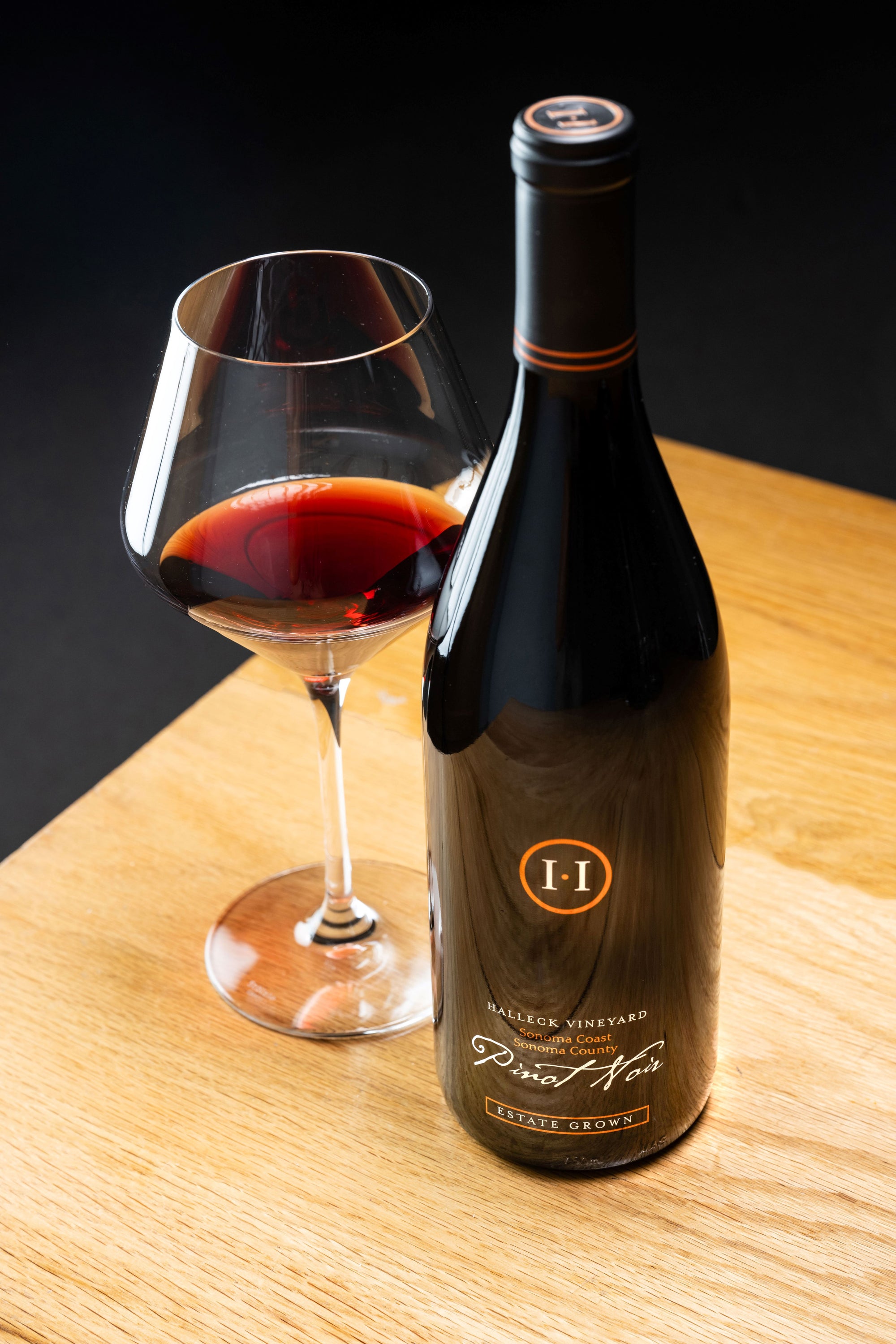Quaint Wineries In Picturesque Settings In Sebastopol - Sonoma Wineries With Vineyard Views
Wineries Hosting Seasonal Events - Explore Sebastopol Area Vineyards
Wine tasting is an art that requires practice and an understanding of assorted aspects involved in the course of. One crucial factor of wine tasting is the event and interpretation of tasting notes, which serve as a guide for each novices and seasoned connoisseurs. A Guide To Understanding Winery Wine Tasting Notes can enhance your wine-tasting experience, making it more meaningful and gratifying.

Tasting notes are concise descriptions that capture the essence of a wine’s flavors, aromas, and overall character. Normally composed by professional tasters, winery tasting notes provide insights into the nuances of assorted wines. They may help wine enthusiasts perceive what to expect from a particular bottle. However, tasting notes can differ broadly in style and detail based mostly on the author's experience and palate.
Wine Tasting Trails In Sonoma Valley - Best Winery Located In Sonoma
When you first strategy a glass of wine, your senses will start to have interaction immediately. The sight, smell, and style of the wine will converge to provide you an entire experience. Tasting notes generally start with the visual evaluation, where the colour of the wine is taken under consideration. Color performs a significant function in indicating the wine’s age, grape variety, and even its flavor profile.
After assessing the visible aspect, the following step includes swirling the wine within the glass. This action aerates the wine, permitting its aromas to awaken. Smelling the wine provides important insight into its complexity. The preliminary sniff can deliver a flood of scents that will include fruity, floral, natural, or earthy notes. This is often probably the most subjective a part of tasting, as individual experiences can dramatically differ.
In winery tasting notes, descriptors are sometimes categorized into primary, secondary, and tertiary aromas. Major aromas usually stem from the grape variety, secondary aromas derive from fermentation processes, and tertiary aromas come up from growing older. Understanding these classes can help you respect the depth of a wine, and they also provide the vocabulary to express your experience higher.
Wineries With Beautiful Architecture - Wine Tasting Experiences In Sebastopol
Following the olfactory encounter, your focus will shift to the taste of the wine. This is where the primary characteristics—sweetness, acidity, tannins, alcohol—come into play. Tasting notes often element these flavors in a quantity of dimensions, together with the initial assault in your palate to the lingering finish on your tongue. A high-quality wine will present a harmonious balance between these elements.
Whereas tasting, it's important to contemplate the physique of the wine, which can be described as light, medium, or full. The physique contributes considerably to your general impression, serving to you consider how the wine pairs with food or whether it stands alone as a sipping wine. Balancing the physique with the opposite traits will give you a fuller understanding of what the wine has to offer.
The finish of the wine, additionally referred to as the aftertaste, is one other important aspect usually included in tasting notes. A long, nice finish often indicates a better high quality wine, while a short or cloying aftertaste could counsel in any other case. Evaluating the end can supply further perception into the wine's complexity and distinction.
Understanding the context of winery tasting notes is also priceless. Tasting notes can provide contextual information about the winery's location, climate, and grape-growing practices. This context adds another layer of appreciation for the wine, allowing enthusiasts to connect the sensory experience with its origins, thus enhancing the enjoyment additional.
Unique Wine And Food Pairings In Sonoma - Sonoma Vineyard Tours
Many wineries provide tasting notes on their web sites or labels, usually written in an approachable but informative style. Nonetheless, not all winery tasting notes are created equal. Some may be overly technical, while others may prioritize advertising flair over insightful analysis. Studying to navigate these notes can arm you with the knowledge to make informed decisions when choosing wines.
Collaborating in tastings at wineries can also deepen your understanding of wine tasting notes. Interacting with educated staff can give you a extra hands-on approach to exploring totally different wines and the language used to describe them. see this page Vineyard Picnic Spots In Sonoma Valley. You May have the chance to ask questions, interact in discussions, and probably refine your palate in real time.
Experimentation is crucial for mastering wine tasting notes. As you sample totally different wines, strive making your own notes. Focus on describing the wine’s colour, aroma, style, and finish. Over time, you’ll develop a private vocabulary that resonates together with your sensory experiences. Every note you create will help refine your palate, permitting you to understand wines at a deeper degree.
Wine Tasting Events In Sonoma County - The Charm Of Sonoma Wineries
In conclusion, a Guide To Understanding Winery Wine Tasting Notes presents a comprehensive framework for diving into the world of wines. It equips you with the methods and language essential to articulate your experiences. Whether Or Not you're a informal drinker or a devoted aficionado, understanding and using tasting notes can profoundly impression your wine journey. This knowledge not solely enhances your enjoyment but in addition connects you deeply with the wealthy narratives every bottle tells. By embracing this journey, you turn into part of the attractive mosaic of wine culture, the place every sip unveils a brand new story ready to be discovered.
- Wine tasting notes typically encompass a variety of sensory descriptions, including aroma, flavor, acidity, body, and finish, allowing tasters to completely appreciate the wine's traits.
- To enhance your understanding, familiarize yourself with common wine terminology corresponding to "tannins," "oakiness," or "terroir," which might help decipher the notes extra effectively.
- A systematic method to tasting entails first visually assessing the wine's shade and readability, followed by swirling to launch aromas, then inhaling and describing what you experience.
- Taking notes during tasting may help determine patterns over time, enhancing your palate and making it simpler to recall preferences for future choices.
- Do Not overlook the affect of food pairings; tasting notes can differ greatly when a wine is loved with complementary flavors, altering perception and pleasure.
- Pay consideration to the wine’s vintage, as weather conditions in a given yr can considerably have an result on the final product, including another layer to the tasting notes.
- Think About the winemaker's style and philosophy, which might shape the wine's profile and impact how its notes evolve with every sip.
- Working Towards with different grape varieties can broaden your vocabulary; each kind brings distinctive traits that may improve your capability to articulate tasting notes successfully.
- Engaging with wine professionals or attending tasting events can present useful insights, offering a richer context for understanding personal tasting notes.
- Bear In Mind that tasting is subjective; individual preferences and experiences will form one’s interpretation of the identical wine, enriching the general enjoyment of wine exploration.
What are wine tasting notes?
Wine tasting notes are descriptive feedback made by tasters about the look, aroma, taste, and finish of a wine. They provide an outline of the wine's characteristics and may help shoppers understand the style and quality of the wine.
Wineries With Unique Tasting Experiences - Sonoma Vineyards Worth Visiting
Why are tasting notes important when deciding on wine?
Tasting notes can guide you in choosing a wine that suits your palate. They provide insights into flavors and aromas, serving to you to match wines with food or occasions. Understanding these notes enhances your general wine experience.
How ought to I learn wine tasting notes?
(Family-Oriented Wine official website Tasting Venues In Sebastopol)
Intimate Wine Tasting Experiences In Sonoma - A Visit To Sebastopol Wineries

When reading wine tasting notes, pay attention to the construction: look for descriptions of shade, aroma, flavor, and end. This will assist you to grasp the wine's profile and decide if it aligns together with your preferences.
What terms generally appear in wine tasting notes?
Widespread terms embody "tannin" (the structure), "acidity" (the crispness), "body" (the weight), and varied flavor descriptors like "fruity," "earthy," or "spicy." Familiarizing yourself with these phrases can deepen your understanding of wine.
Breathtaking Views From Sonoma Wineries - Discovering The Vineyards Of Sonoma County
Can I create my own tasting notes?
Yes! Writing your individual tasting notes can improve your wine tasting experience. Focus on your observations of style, aroma, and other sensory characteristics. This personal practice may help you refine your palate over time.
How do I determine the aromas in wine tasting notes?
Wineries With Breathtaking Gardens In Sonoma - Vineyard Visits And Wine Tasting In Sonoma
To establish aromas, practice smelling a wide range of scents and associating them with wines. Swirl the wine in your glass to release its aromas, then take a moment to breathe in deeply before identifying any distinguished scents.

What is the distinction between professional and private wine tasting notes?
Professional tasting notes could use extra technical language and specific terminology, while personal tasting notes are subjective and mirror particular person experiences. Both are valuable for understanding and enjoying wine, however personal notes could resonate extra together with your unique tastes.
How can tasting notes improve my wine appreciation?
Exclusive Wine Clubs In Sonoma - Wineries To Explore In Sonoma Valley
Tasting notes can improve your appreciation by serving to you to grasp and articulate the complexities of wine. They encourage aware tasting and provide a framework for comparing totally different wines, resulting in a richer enjoyment of the beverage.
Are there any apps or tools to assist with wine tasting notes?
Sure, there are a number of apps designed to assist customers record and manage their tasting notes. These tools often provide options like flavor wheel guides and wine database searches, making it easier to trace your journey through totally different wines.